Fluturat e Shqipërisë. Atlas 09.i.2025
Butterflies of Albania. Atlas 09.i.2025
Publication date: 28.iii.2025.
DOI: https://doi.org/10.5281/zenodo.14947890
Cuvelier Sylvain1  | Paparisto Anila2 | Paparisto Anila2 
1 Diamantstraat 4, B-8900 Ieper, Belgium. sylvain.cuvelier@telenet.be
2 Faculty of Natural Sciences, Department of Biology, Bulevardi Zogu i Pare, Tirana University, Al-1001 Tiranë, Albania. anila.paparisto@unitir.edu.al
Abstract
For many decades, research on the distribution of butterflies in Albania faced significant challenges due to the country's prolonged isolation.
However, this situation has gradually improved, and in recent years, Albania's growing appeal as a tourist destination has opened new opportunities for entomological research.
To date, two atlases have been published, but in a country that was previously underexplored and is now experiencing more comprehensive study, these printed documents quickly become outdated upon publication.
A dynamic website with up-to-date data helps address this issue, though it remains essential to maintain a timestamp for each version in an official repository. The third version of the Atlas, which includes all observations up to 31.12.2024, is now available in the Zenodo repository, with plans for annual updates moving forward.
This Atlas will also serve as the foundation for a new assessment of the Albanian Red List of butterflies.
Key words
Atlas, distribution, Paplionoidea, butterflies, Albania, biodiversity, conservation.
Introduction
Despite numerous challenges, Prof. Katriot Misja successfully published the first comprehensive Atlas of the Butterflies of Albania in 2005
This book, however, was extremely difficult to find outside Albania. Years ago, for example, the first author was contacted by the late Dr. Kudrna, who had an extensive collection of atlases and books related to the MEB research. He inquired whether the first author could assist in acquring a copy of the book. To address this, a scan was uploaded to the ResearchGate account of the first author, with the permission of Prof. Misja’s family.
Since the publication of the first Atlas, foreign entomologists have steadily increased their visits to Albania, leading to a significant increase in available data.
In 2018, Cuvelier et al. published a second Atlas that compared historical records with data from two extensive surveys conducted in 2017, which resulted in the addition of three new species to Albania’s list.
In recent years, biodiversity websites, such as iNaturalist and Observado, have shown a growing number of butterfly observations from Albania,offering significant potential to expand the country's available data. However, it is crucial to validate these observations, particularly due to the presence of numerous species that can be challenging to identify even on photographs from specimens in nature. Moreover, since different biodiversity platforms use distinct frameworks and rely solely on their own data, the maps created on these sites do not always accurately represent the distribution of local populations.
In 2023, Bjerregård et al. announced four new species for Albania on their personal websites. Additionally, data from other recent surveys, which either added new species or confirmed previously data-deficient species, contributed to the launch of the first dynamic Atlas; marking the official launch of the Fluturat e Shqipërisë website. The announcement of the website and key discoveries were also published by Cuvelier et al. (2023).
Given the growing number of observations, it is now valuable to create an updated version of the Atlas that includes all observations up to the end of 2024.
Atlas 2025
Papilionidae
    
 
Hesperiidae
    
    
    
  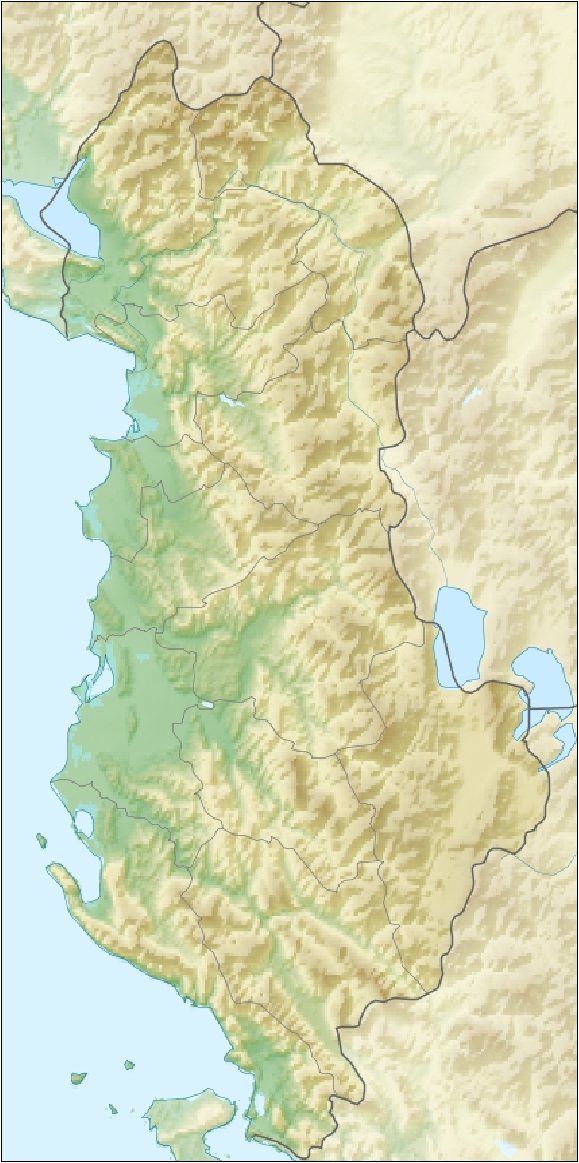  
    
  
Pieridae
    
    
    
    
    
Lycaenidae
    
    
    
    
    
    
    
    
    
    
    
 
Nymphalidae
    
    
    
    
    
    
    
    
    
    
    
    
    
    
    
    
    
    
    
   
Each species in the Atlas is also accessible online by family through hyperlinks in the bar below.
Discussion
The actual database contains 3,755 historical observations, with 2,357 new observations added in the 2018 Atlas. The current version is based on a total of 32,375 observations.
This new Atlas, derived from recent surveys and collected opportunistic data, has recently led to numerous observations and the discovery of new localities for many species.
An analysis of the database by family is presented in Table 1, displaying the numbers of Data Deficient species, confirmed species after 2018, and potentially occurring taxa.
Table 2 provides an overview of the species and ESUs newly recorded since the publication of the first Atlas (Misja 2005).
Table 1. Family-based analysis of the actual database.
| Number of species and ESUs per family |
Full database (Data Deficient) |
Confirmed after 2018 |
Potentially occurring |
| Papilionidae |
7 |
7 |
|
| Hesperiidae |
28 (1) |
27 |
|
| Pieridae |
25 (1) |
24 |
|
| Lycaenidae |
57 |
55 |
2 |
| Riodinidae |
1 |
1 |
|
| Nymphalidae |
95 (1) |
89 |
6 |
Muschampia tessellum (Hübner, [1803]), Pontia chloridice (Hübner, [1813]) and Neptis rivularis (Scopoli, 1763) have been cited in historical publications but their presence has not been confirmed since then.
There are valid reasons to question whether the first two species are actually part of the Albanian butterfly fauna, as their food plants are either absent or extremely rare and local.
M. tessellum is a sedentary species, making it unlikely to be present in Albania in the absence of the food plants. P. chloridice, a butterfly known for its wandering behavior, may account for the mentioned specimens as an outlier in historical observations, occurring far from the nearest populations. The situation with Neptis rivularis is different. All historical data that could be verified were found to be misidentifications or taxonomic errors, but food plants are present in Albania. Since N. rivularis occurs in neighboring countries, its presence cannot be entirely ruled out.
In the current checklist, these three species remain listed as Data Deficient.
Cupido alcetas (Hoffman[n]segg, 1804) and Cupido decolorata (Staudinger, 1886) have also been cited in historical publications but have not been formally confirmed, although a few female specimens of this type of Cupido have been recorded. Due to the challenges in identifying females of these two species, they are represented with smaller dots, reflecting the observer's provided identification.
Five Nymphalidae have not been confirmed since the second Atlas: Boloria pales ([Denis & Schiffermüller], 1775), Erebia pronoe (Esper, [1780]), Hipparchia fatua Freyer, [1843], Minois dryas (Scopoli, 1763) and Pseudochazara geyeri (Herrich-Schäffer, [1846]). These are habitat specialists found in environments that are not common in Albania and are poorly surveyed due to difficult access.
The following eight species may be discovered in the future, as their food plants are present in various mountains and regions of Albania and have been confirmed in nearby localities in neighboring countries: Agriades pyrenaica dardanus (Freyer, [1843]), Pseudophilotes bavius (Eversmann, 1832), Limenitis populi (Linnaeus, 1758), Neptis sappho (Pallas, 1771), Melitaea arduinna (Esper, [1783]), Melitaea aurelia Nickerl, 1850, Nymphalis vau-album ([Denis & Schiffermüller], 1775) and Coenonympha glycerion (Borkhausen, 1788). The species are included in the Checklist with a notification of potentially present, and a blank map is provided in the Atlas and each monograph in Fluturat e Shqipërisë.
Table 2. Newly recorded species and ESUs for Albania since the first Atlas (Misja 2005)
| New species for Albania |
Date of first observation |
Locality |
Source |
| Cacyreus marshalli |
23.viii. 2009 |
Tiranë |
Sachanowicz K. et al. 2016. |
| Anthocharis damone |
03.v.2010 |
Borsh |
Sachanowicz K. et al. 2016. |
| Melitaea diamina |
23.vi.2011 |
Lepushë |
Sachanowicz K. et al. 2016. |
| Polyommatus aroaniensis lurae |
17.vii.2013 |
Voskopojë |
Cuvelier S. et al. 2023 |
| Limenitis camilla |
03.vii.2016 |
Rragam |
Cuvelier S. et al. 2018 |
| Pyrgus andromedae |
28.vi.2017 |
Vermosh |
Cuvelier S. et al. 2018 |
| Leptidea juvernica |
05.vii.2017 |
Cerem |
Cuvelier S. et al. 2018 |
| Colias caucasica |
10.vii.2017 |
Vau i Cajes |
Cuvelier S. et al. 2018 |
| Polyommatus aroaniensis orphicus |
19.vii.2017 |
Valikardhë |
Parmentier et al. 2022 |
| Boloria titania |
05.vii.2017 |
Cerem |
Cuvelier S. et al. 2018 |
| Pseudochazara tisiphone dibra |
13.vii.2017 |
Bulqizë |
Cuvelier S. & Marafi M. 2025 |
| Satyrium pruni |
24.vii.2018 |
Guri i Vashës |
Parmentier L. 2018 |
| Araschnia levana |
08.vii.2019 |
Gocaj, Valbonë |
Cuvelier et al. 2023 |
| Euphydryas maturna |
06.vii.2019 |
Gocaj, Valbonë |
Cuvelier et al. 2023 |
| Erebia albergana |
07.vii.2019 |
Kukaj, Valbonë |
Cuvelier et al. 2023 |
| Proterebia phegea |
26.iv.2022 |
Vau-Dejës |
Prendi et al. 2023 |
| Heteropterus morpheus |
29.vi.2023 |
Has district |
Fluturat e Shqipërisë 2023 |
| Pelopidas thrax |
20.ix.2024 |
Sarandë |
Fluturat e Shqipërisë 2024 |
Although the map (Fig. 1) may give the impression of comprehensive coverage across Albania, the reality is that with a database of 32,375 observations spanning a land area of 28,748 km², this amounts to barely one butterfly per square kilometer. The map also fails to account for the variety of habitat types across different altitudes, with the alpine level being particularly undersurveyed due to difficult access. Additionally, it does not reflect temporal factors, as the tourist summer season is overrepresented, while early spring is poorly surveyed.
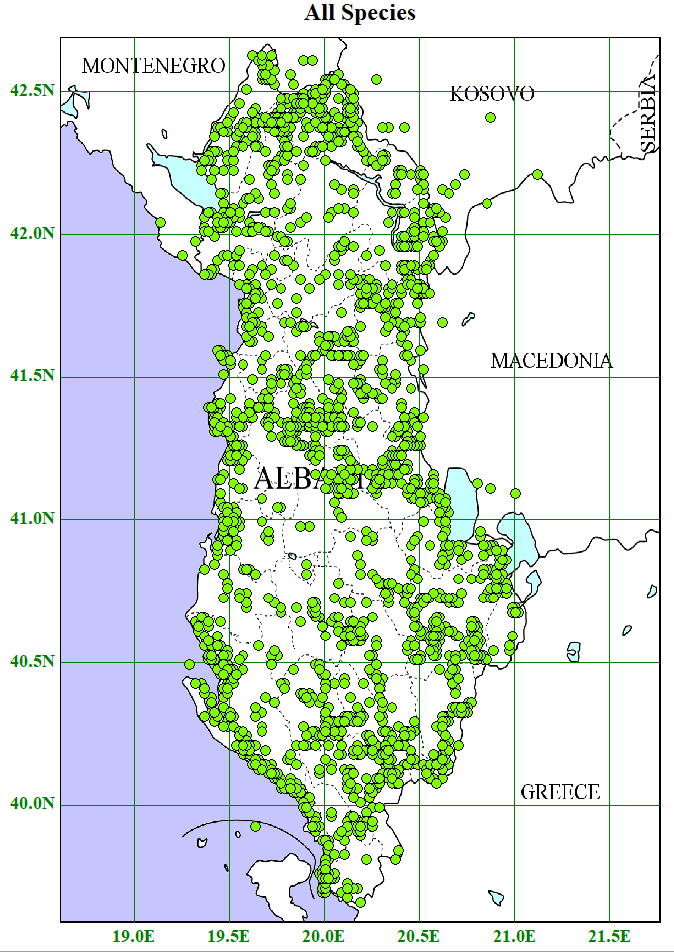
Fig. 1. Coverage map 31.xii.2024. (© Sylvain Cuvelier & Anila Paparisto)
At present, tracking changes in distribution for some butterfly species in Albania remains challenging due to various factors. While some species may be expanding or experiencing potential declines, the current dataset and monitoring efforts are limited by gaps in survey coverage, particularly at higher altitudes and during certain seasons, such as early spring. Furthermore, the lack of comprehensive surveys in specific habitats and regions makes it difficult to accurately track distribution patterns. Additionally, the impact of climate change on species distribution is an emerging concern. Shifts in temperature and seasonal weather patterns may be causing species to move to higher altitudes or new areas, further complicating tracking efforts. Habitat fragmentation and human activities, such as land use changes and urbanization, also pose significant threats to species' ability to maintain stable populations in certain regions. As such, more robust data collection and future surveys are essential for understanding the full distribution dynamics of species, including those on the Red List, to detect both potential expansions and declines. Enhanced monitoring efforts, taking into account environmental changes, will be key to accurately assessing species' current status and informing effective conservation strategies.
The analysis of this Atlas has led to significant reclassifications in the proposals for a future version of the Albanian Red List of Butterflies, compared to the previous editions (2006, 2013, and 2022). The potential reclassifications have been included and are available for consultation in a table that compares the Red Lists, the proposals based on this Atlas, and eight notes that group cases of different species in Paparisto & Cuvelier (2025).
Conclusion
Although the volume of annual observation data is in no way comparable to the vast amounts of data collected in Northwestern European countries, there has been a noticeable increase in recent years. Given the limitations in the coverage of butterfly data from Albania, regular updates are crucial not only for expanding knowledge and tracking potential changes, but also for refining the Red List to better reflect on-the-ground conditions and support more effective conservation efforts. The static nature of Red Lists is a flaw that slows timely action, especially as butterfly decline accelerates due to habitat loss and climate change.
These facts support the dynamic purpose of the Atlas on the Fluturat e Shqipërisë website through yearly updates, while also emphasizing the need for a repository of versions, which is being addressed here within the framework of the EU repository Zenodo.
In conclusion, effective monitoring, considering both environmental changes and human impacts, is crucial for accurately tracking butterfly species' distribution dynamics in Albania and for informing future conservation efforts.
We reiterate the request to share all Albanian butterfly observations in order to enhance our understanding of their distribution and to update and refine the future versions of the Atlas, Red List and more effective conservation initiatives.
Author contributions
Both authors contributed equally to the conceptualization, field work, data collection, writing, manuscript preparation, literature review, and reference compilation. The first author took the lead in data analysis and interpretation, mapping, as well as the verification and validation of species. Both authors also participated in editing the manuscript.
Acknowledgements
We extend our heartfelt gratitude to the late Prof. Kastriot Misja, whose groundbreaking research on the butterflies of Albania was conducted under particularly challenging conditions, owing to the country's isolation at the time. Despite these obstacles, he succeeded in producing the first Atlas in 2005, a monumental achievement in the field. We are also deeply thankful to the numerous collaborators who generously shared their personal observations. Their invaluable contributions have been instrumental to the success of this project, and their collective efforts have made a lasting impact. We are truly grateful for each and every one of them. Finally, we express our appreciation to the biodiversity databases iNaturalist (available at https://www.inaturalist.org, accessed on 31.12.2024) and Observado (available at https://observation.org, accessed on 31.12.2024), for providing open-access data on the butterflies of Albania.
Funding and conflict of interest statement
The authors declare that no external funding was received for this research and there are no conflicts of interest.
References
Cuvelier S. & Marafi AJ M. 2025. Status and conservation of genetic diversity in the disjunct populations of Pseudochazara tisiphone Brown, [1981], in Albania. — Archives of Western Palearctic Lepidoptera 2025(1): 71-78. https://doi.org/10.5281/zenodo.14736467
Cuvelier S. & Paparisto A. Fluturat e Shqipërisë - Butterflies of Albania. Atlas (09.i.2025). https://biodiversity.unitir.edu.al/Albania_ATLAS.htm (accessed 22.ii.2025)
Cuvelier S. & Paparisto A. Fluturat e Shqipërisë - Butterflies of Albania. Checklist (09.i.2025). https://biodiversity.unitir.edu.al/Albania_Checklist.htm (accessed 22.ii.2025)
Cuvelier S. & Paparisto A. Fluturat e Shqipërisë - Butterflies of Albania. Monographs (09.i.2025). https://biodiversity.unitir.edu.al/AlbaniaMonographsstart.htm (accessed 22.ii.2025)
Cuvelier S., Parmentier L., Paparisto A. & Couckuyt J. 2018. Butterflies of Albania – Fluturat e Shqipërisë. New surveys, new species and a new checklist (Lepidoptera: Papilionoidea) — Phegea 46(2): 48-69. http://www.phegea.org/Phegea/2018/Phegea46-2_48-69.pdf
Cuvelier S. Parmentier L., Paparisto A. & Couckuyt J. 2018. Butterflies of Albania – Fluturat e Shqipërisë. New surveys, new species and a new checklist (Lepidoptera: Papilionoidea). S4. Distribution Maps. http://www.phegea.org/Phegea/Appendices/Phegea46-2_S4.pdf
Cuvelier S., Parmentier L., Qirinxhi X. & Paparisto A. 2023. Butterflies of Albania new data and going online. Fluturatat e Shqipërisë të dhëna të reja dhe faqja online (Lepidoptera: Papilionoidea) — Buletini i Shkencave te Natyres, Tirana university. 32(2022): 5-31. https://api.fshn.edu.al/uploads/Cuvelier_Parmentier_Qirinxhi_Paparisto_ok_1c40d31cf9.pdf
Misja K. 2005. Fluturat e Shqipërisë. Macrolepidoptera (Rhopalocera, Bombyces & Sphinges, Noctuidae, Geometridae). — Akademia e Shkencave e Shqipërisë, Instituti i Kërkimeve Biologjike,Tiranë, 247 p. [in Albanian]. Uploaded on Researchgate by Sylvain Cuvelier who is not a coauthor of this book (cover, url)
Paparisto A. & Cuvelier S. 2025. Unlocking the secrets of Albania’s endangered butterfly populations:
a comprehensive review of Red Lists and strategic approaches for enhancing conservation efforts to better target species and priority areas. — Chronicles Fluturat e Shqipërisë 2025(1): 1-5. https://doi.org/10.5281/zenodo.14885213
Parmentier L. 2022. Contribution to the Lepidopteran fauna of Albania with a first confirmation of Satyrium pruni (Linnaeus, 1758) (Lepidoptera: Lycaenidae) present in the country. — Phegea 50(3): 160-163. (url)
Parmentier L., Vila R. & Lukhtanov V. 2022. Integrative analysis reveals cryptic speciation linked to habitat differentiation within Albanian populations of the anomalous blues (Lepidoptera, Lycaenidae, Polyommatus Latreille, 1804) – Comparative Cytogenetics 16(4): 211-242.2022. https://doi.org/10.3897/CompCytogen.v16.i4.90558
Sachanowicz K., Luczkowski S. & Larysz A. 2016. State of Knowledge of Butterfly Fauna of Albania, with Three New Species for the Country. — Acta zoologica bulgarica 68(4): 511–518. (url)
Taymans M. & Cuvelier S. 2025. A dynamic checklist of the Western Palearctic butterflies, hyperlinked to the original descriptions at species, genus and family level (Lepidoptera, Papilionoidea). — Archives of Western Palearctic Lepidoptera 2025(1): 1-70. https://zenodo.org/records/14733224
Verovnik R. & Verovnik J. 2022. First record of Proterebia phegea (Lepidoptera: Satyrinae) from Albania. — Natura Croatica 31(1): 115–120. DOI 10.20302/NC.2022.31.10
Chronicles Fluturat e Sqhipërisë 2025(1): 2-19.
https://doi.org/10.5281/zenodo.14947890
An open Access Article, which permits use, distribution and reproduction in any medium, provided the original work is properly cited.
© 2025. The Authors. |
|
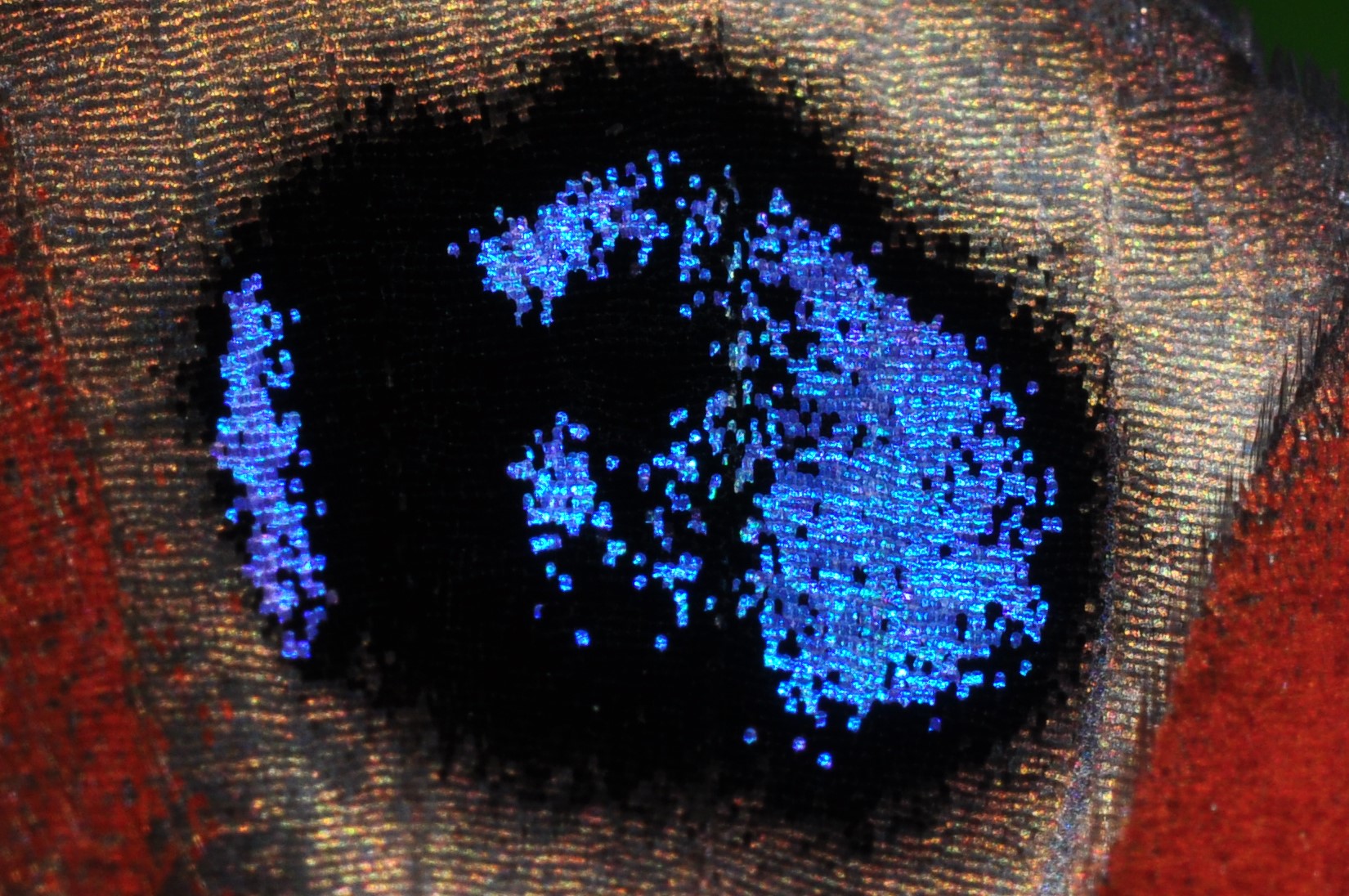 .
.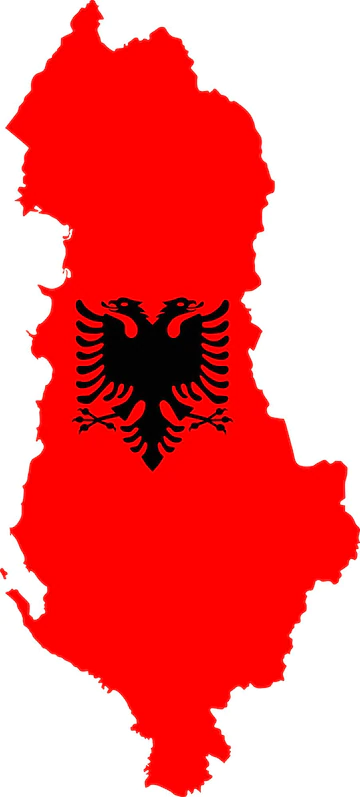
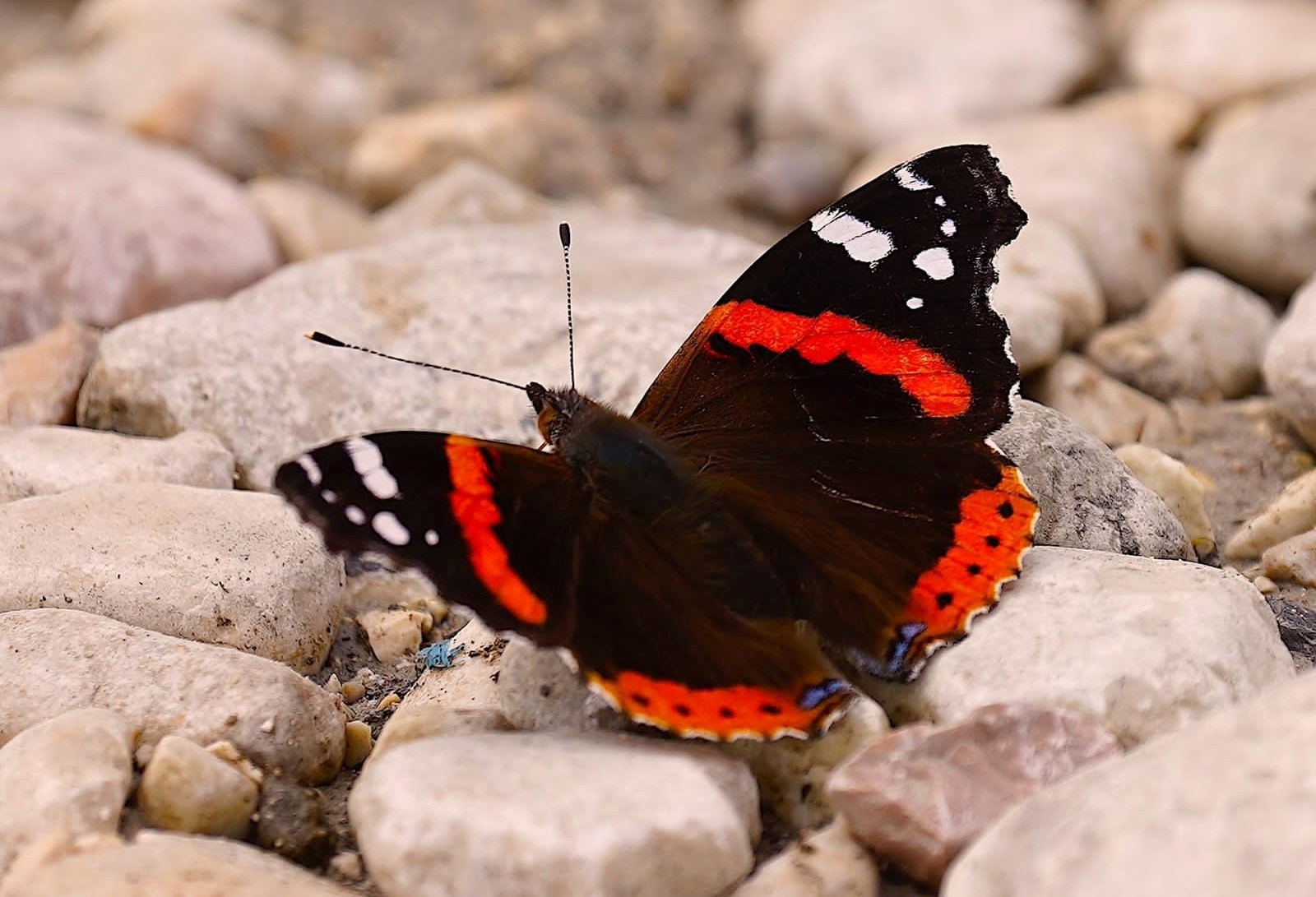

 Historical data
Historical data  Additional data from the 2018 update
Additional data from the 2018 update  New data since the 2018 update.
New data since the 2018 update.

















































































































































































































